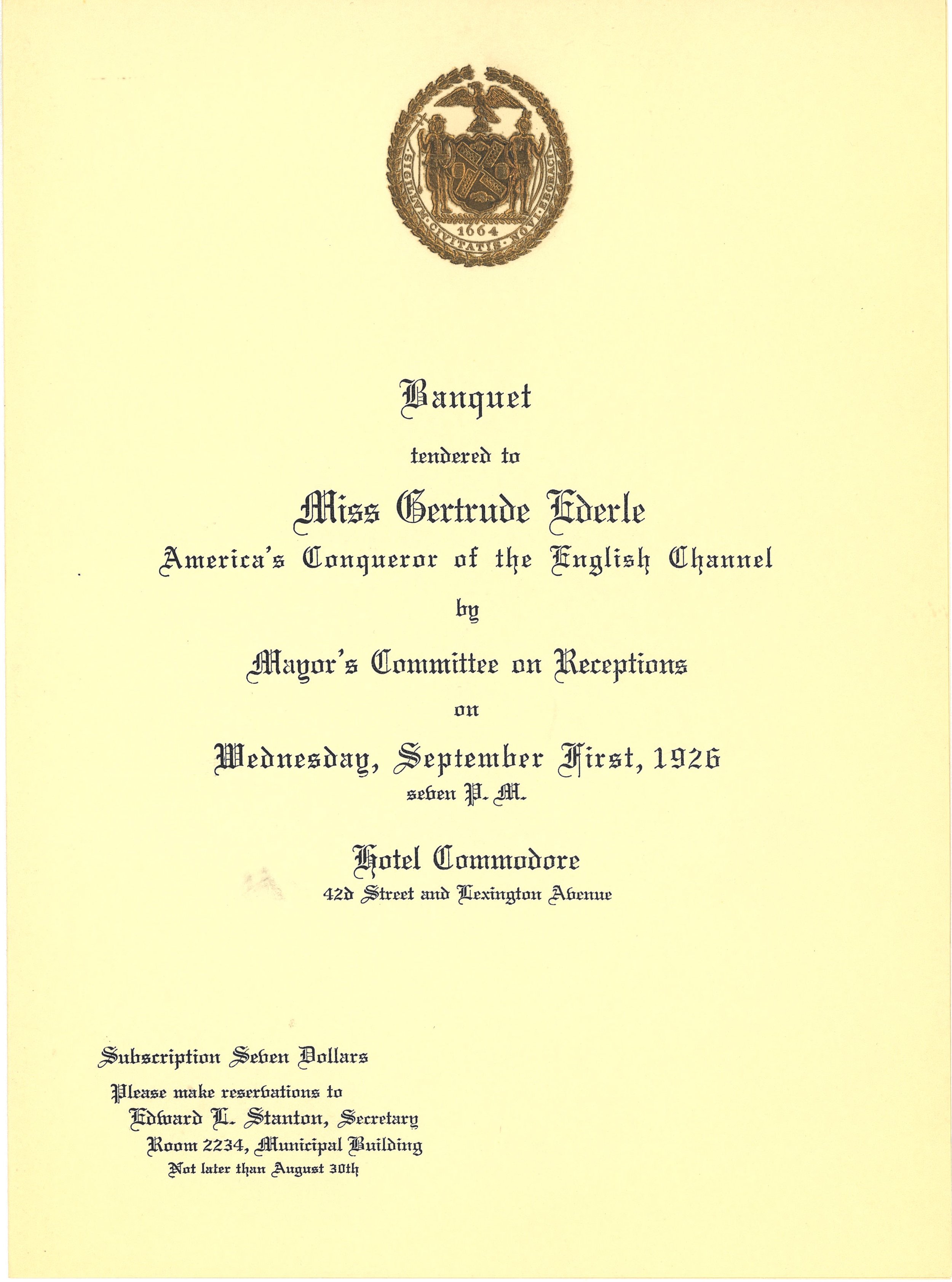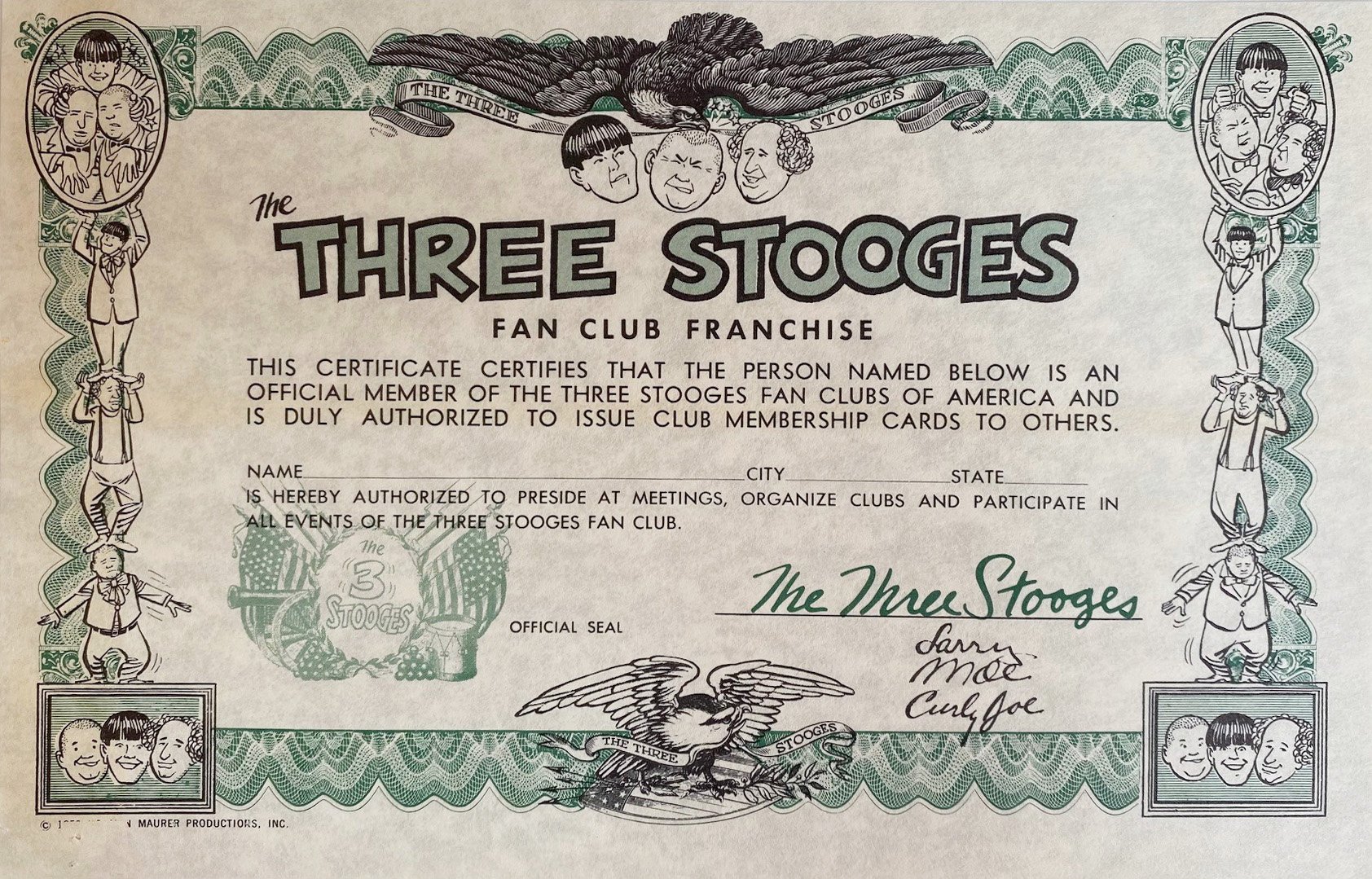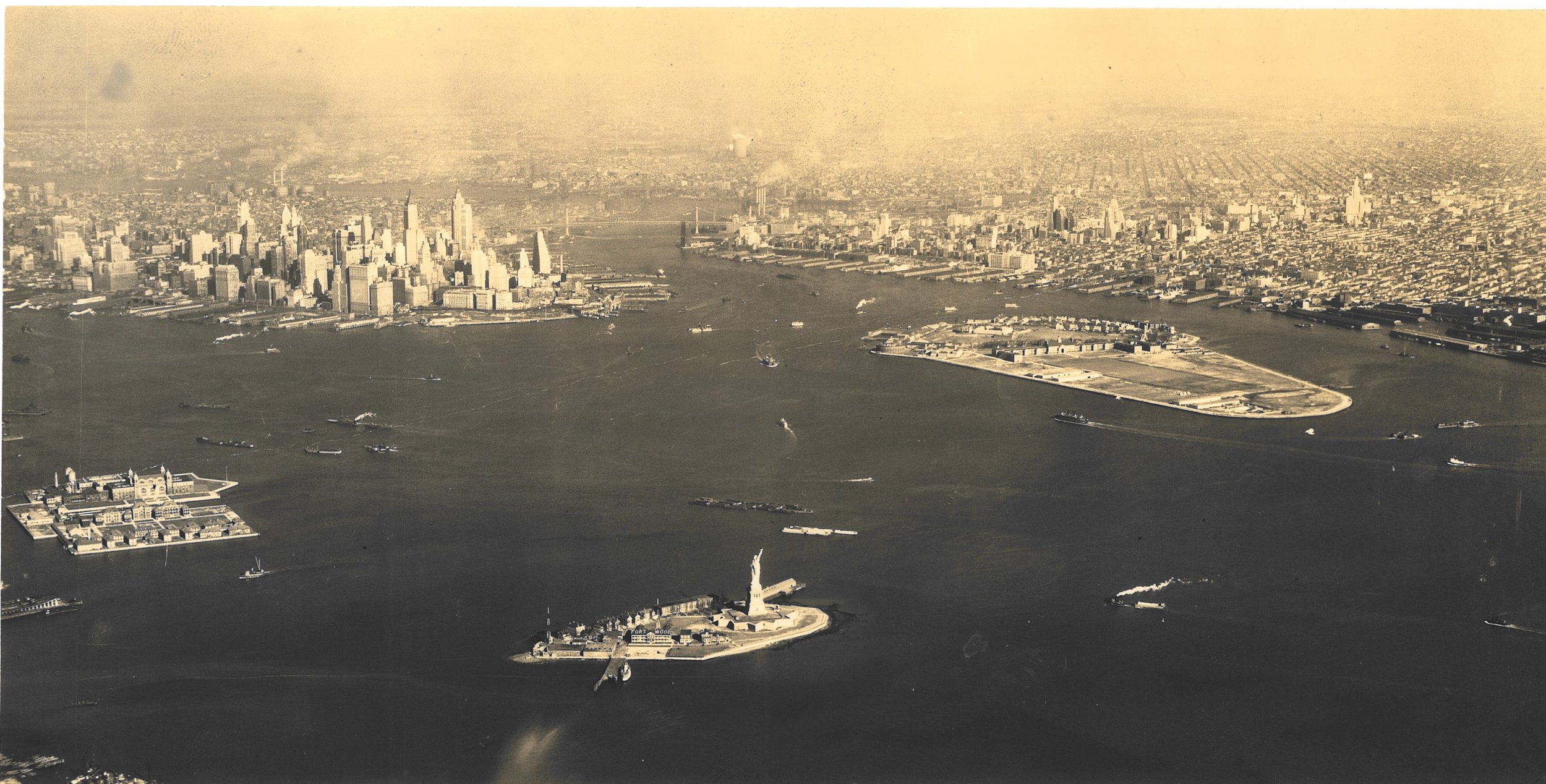By the late 1950s, Robert Moses, the legendary “power broker,” was at the peak of his decades-long career in public service. He served, simultaneously, as Commissioner of the Department of Parks, City Construction Coordinator, Chairman of the Mayor’s Committee on Slum Clearance, Commissioner on the City Planning Commission, Chairman of the Triborough Bridge and Tunnel Authority, Chairman of the New York State Council of Parks, President of the Long Island State Park Commission, and Chairman of the Power Authority of the State of New York.
New York Midtown Skyline View south (Lincoln Center), November 1955. Department of Parks photograph collection, NYC Municipal Archives.
The Municipal Archives collection of records created by Moses as Parks Department Commissioner, described in an earlier For the Record article, documents not just city parks, but also the highways, bridges, tunnels, housing projects, playgrounds, and beaches he constructed. It includes information about the Lincoln Center complex, the United Nations’ building, the New York Coliseum, Shea Stadium and both the 1939 and 1964 New York World’s Fairs.
This week, For the Record highlights aerial photographic views in the Parks Department collection. Moses contracted with commercial photographers for the aerial views. Images in the collection date to the 1930s, the samples below are from the mid-to-late 1950s when Moses’ portfolio had expanded beyond parks to all of the other construction projects. The photographers flew in planes over the city and used large-format cameras. The original negatives were scanned at high resolution. All of the images can be viewed in the Municipal Archives Gallery.
These spectacular images show New York from above in its thriving post-War years when the old city was giving way to the new.
Orchard Beach, Pelham Bay Park, Bronx, 1956. Department of Parks photograph collection, NYC Municipal Archives.
Midtown Manhattan (Lincoln Center), 1955. Department of Parks photograph collection, NYC Municipal Archives.
West Park Title 1 Housing, March 14, 1956. Department of Parks photograph collection, NYC Municipal Archives.
Soundview Park and Throgs Neck Expressway, June 12, 1957. Department of Parks photograph collection, NYC Municipal Archives.
Mid-Harlem and City College, June 12, 1957. Department of Parks photograph collection, NYC Municipal Archives.
Penn Station South Slum Clearance, June 12, 1957. (Note strut from airplane wing in upper left.) Department of Parks photograph collection, NYC Municipal Archives.
Battery Park, June 12, 1957. Department of Parks photograph collection, NYC Municipal Archives.
Corlears Hook Park, November 3, 1958. (Note car float in East River.) Department of Parks photograph collection, NYC Municipal Archives.
East River Park , Title 1 housing, November 3, 1958. Department of Parks photograph collection, NYC Municipal Archives.
Washington Square South-East, November 3, 1958. Department of Parks photograph collection, NYC Municipal Archives.
George Washington Bridge (not yet double-decked) and Harlem Speedway, November 1958. Department of Parks photograph collection, NYC Municipal Archives.
Bruckner Expressway, November 1958. Department of Parks photograph collection, NYC Municipal Archives.
Brooklyn-Queens Expressway progress, November 1958. Department of Parks photograph collection, NYC Municipal Archives.
Harlem River, Major Deegan Expressway and Yankee Stadium, November 17, 1953. Department of Parks photograph collection, NYC Municipal Archives.
Throgs Neck Expressway, November 1958. Department of Parks photograph collection, NYC Municipal Archives.
Long Island Expressway, looking west from Cross Island Parkway, November 1958. Department of Parks photograph collection, NYC Municipal Archives.

























